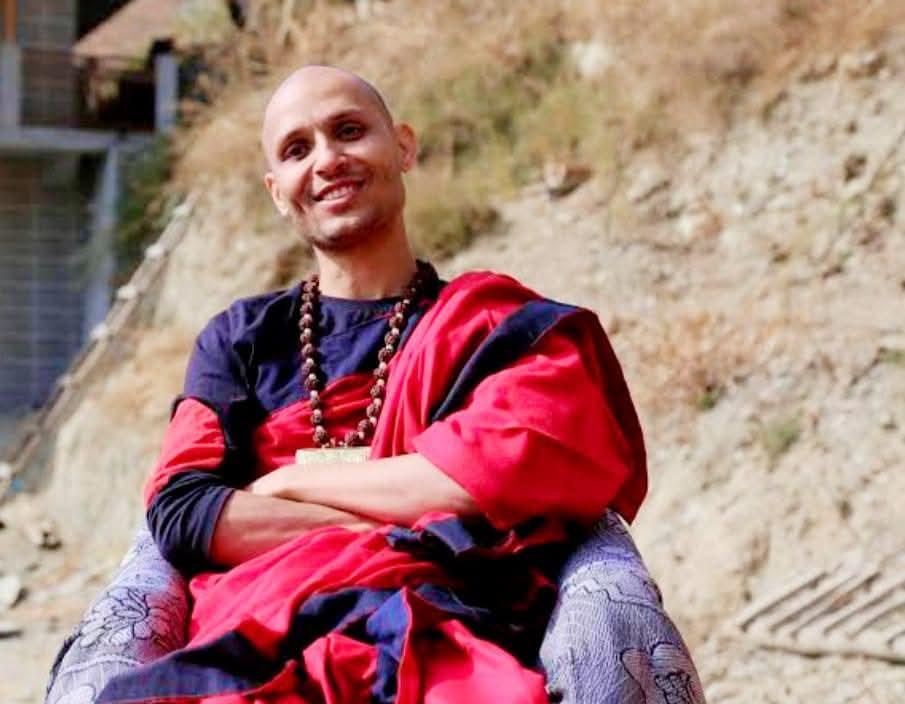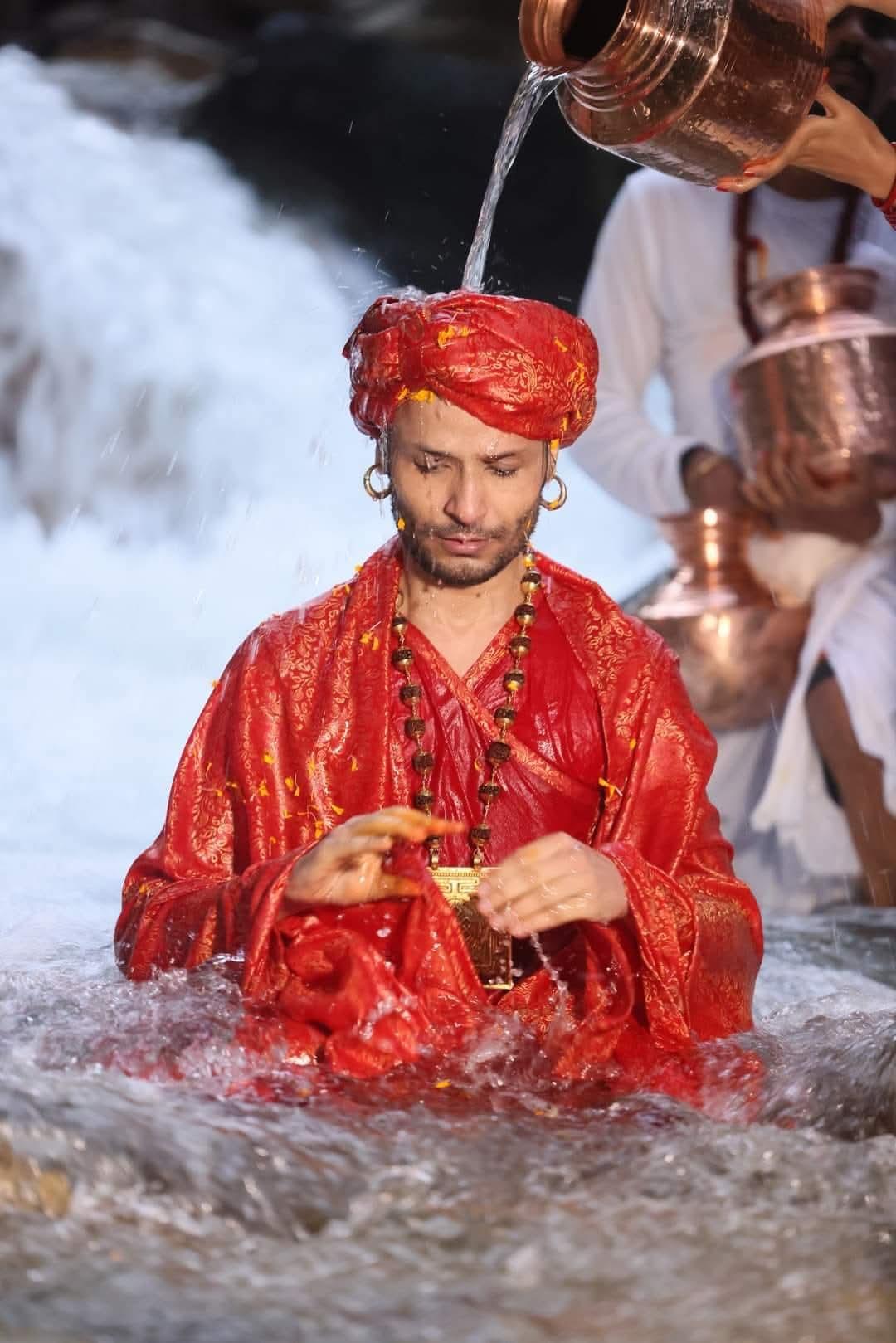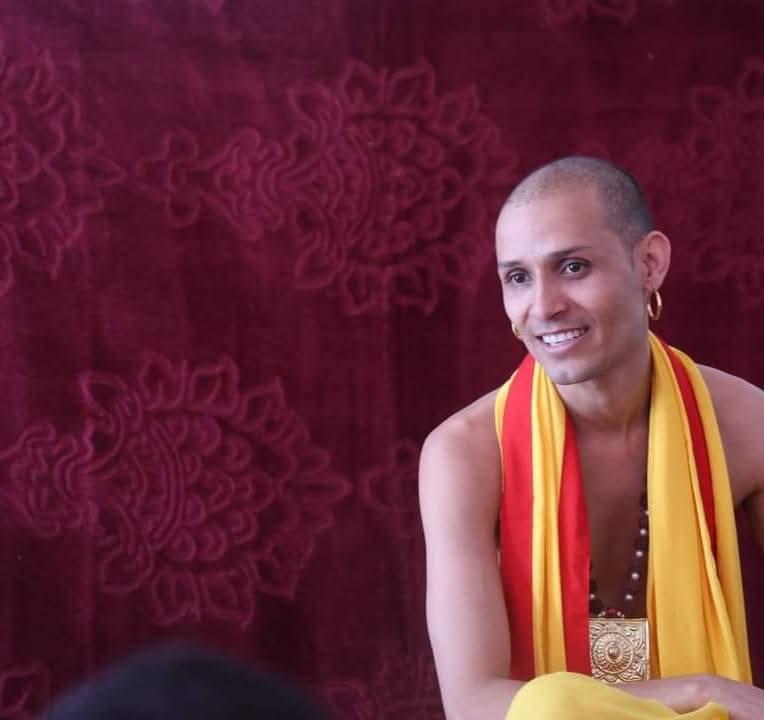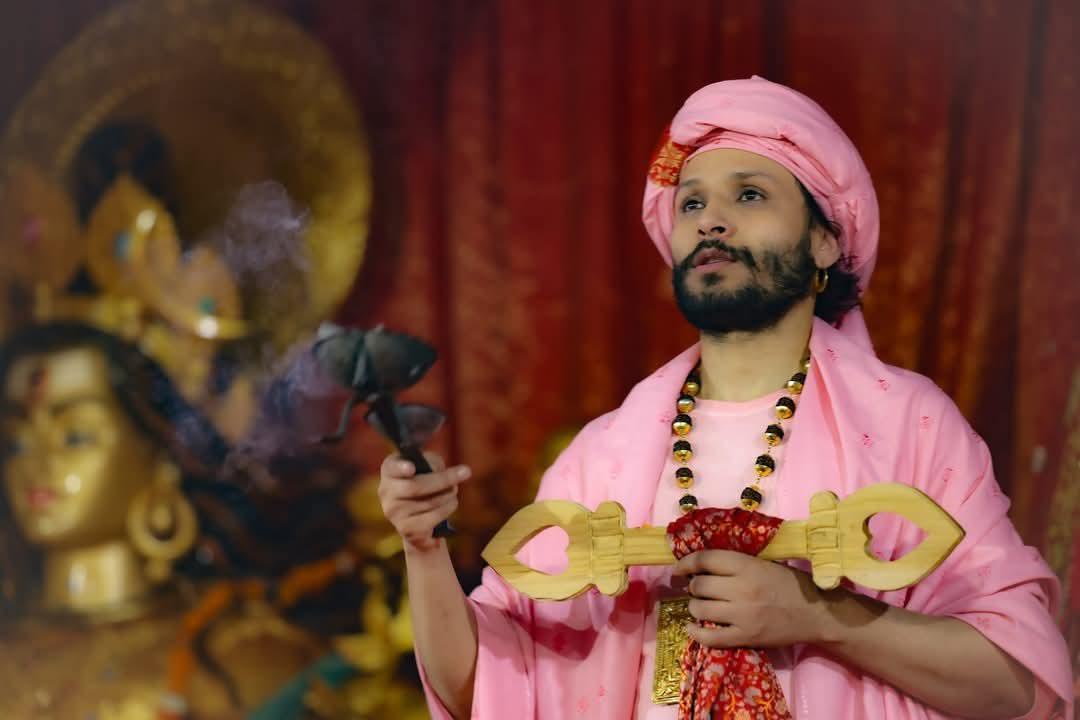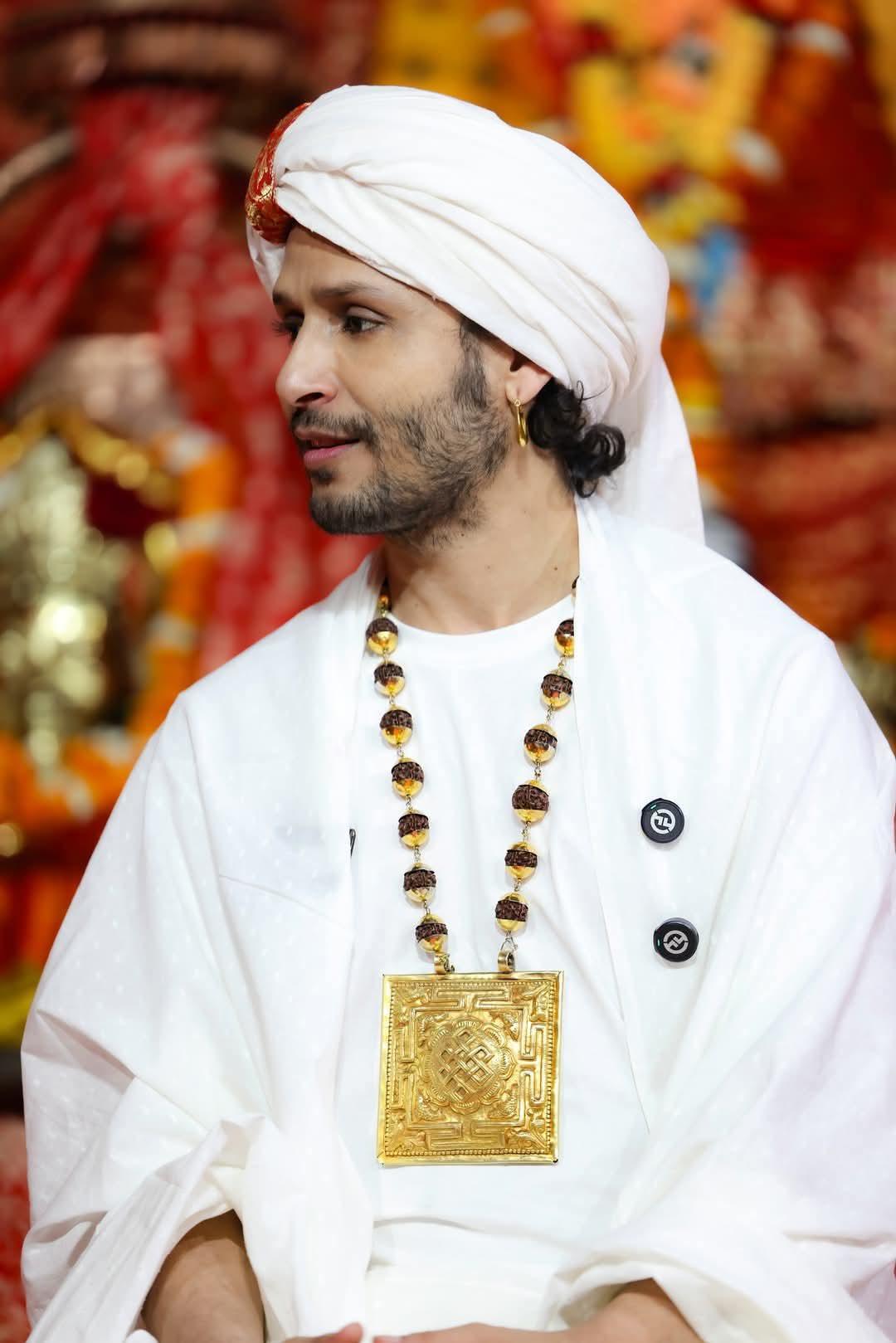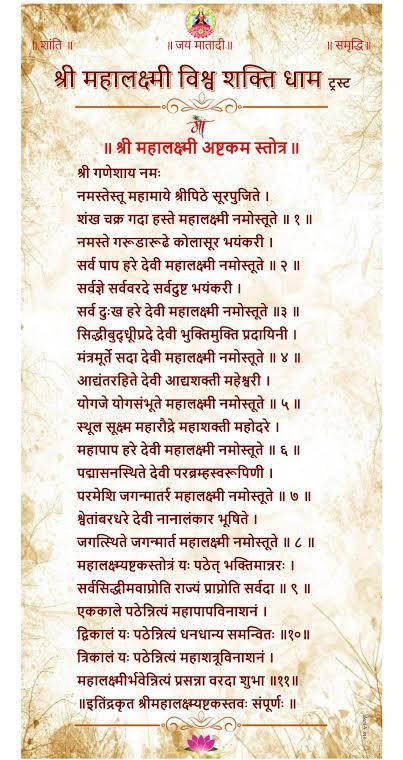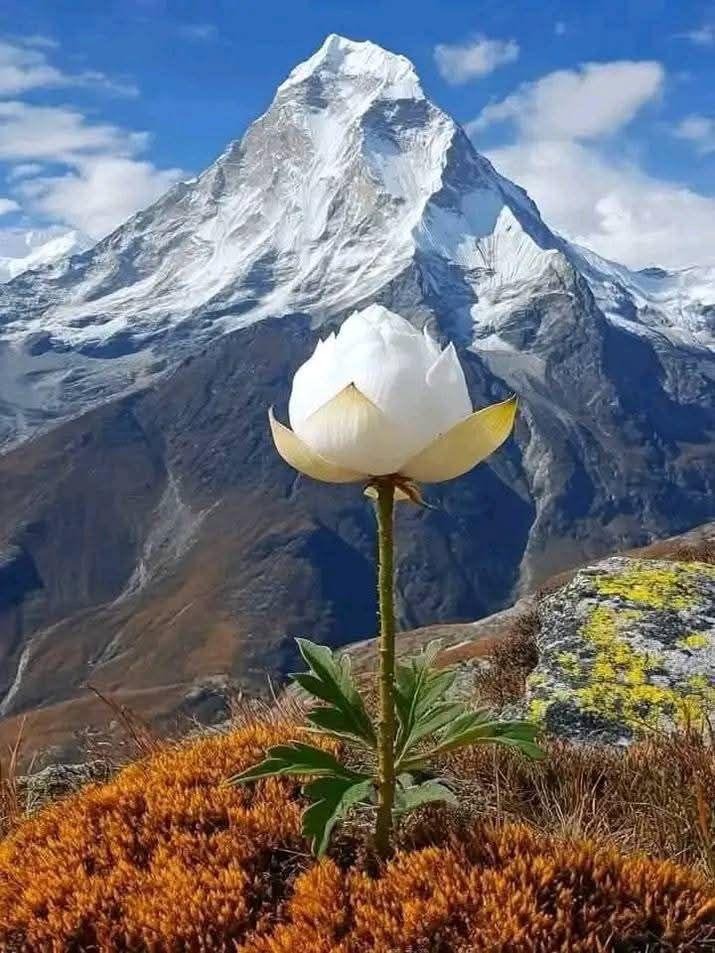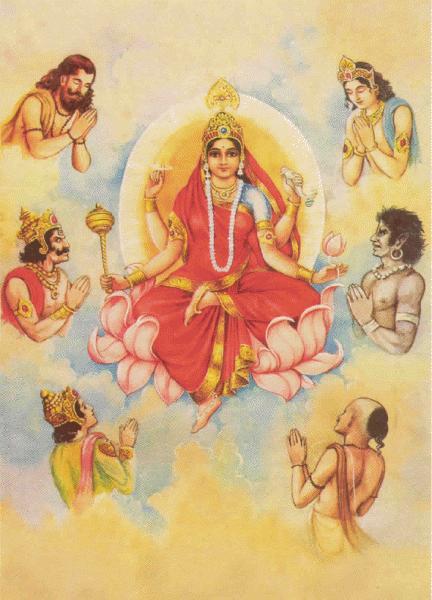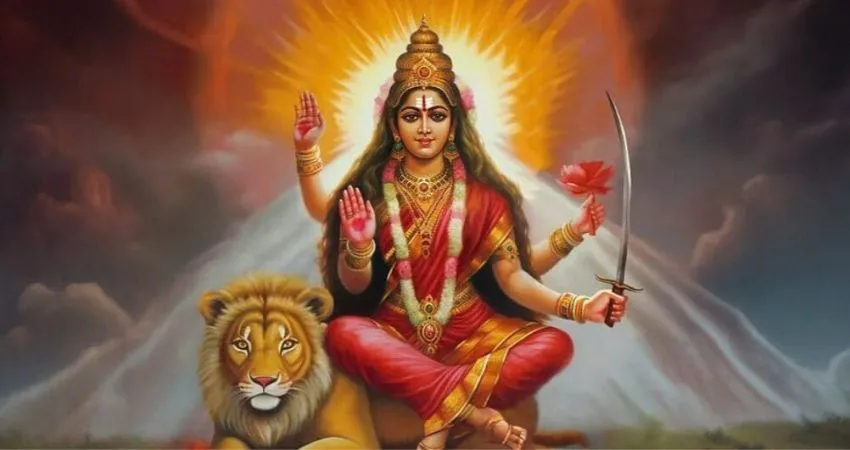"Kundalini Awakening is nothing but Self- Unfoldment or Awakening of Intuitive Intelligence"
“Serpent Power”
(also known as Kuṇḍalinī Śakti) is among the deepest mystical concepts in the Indian spiritual tradition — uniting Tantra, Yoga, and Vedānta.
Below is a clear and poetic exposition — “The Serpent Power: The Inner Ascent of Consciousness”
The Serpent Power — The Inner Ascent of Consciousness.
1. The Sleeping Goddess at the Root
At the base of the human spine, in the Mūlādhāra Chakra, lies a coiled, radiant energy known as Kuṇḍalinī — the “Serpent Power.”
She is depicted as a three and a half–coiled serpent, resting in deep sleep,
her tail in her mouth — symbolizing eternal energy folded within itself.
This is not a mythic serpent but the latent spiritual potential —
the Divine Mother (Ādi Śakti) asleep in matter, awaiting awakening.
> “As fire lies hidden in wood,
as fragrance rests in the flower,
so Kuṇḍalinī lies hidden within man.
2. The Three and a Half Coils — The Mystic Symbol
The three full coils represent the three guṇas — Sattva, Rajas, Tamas —
and the half coil represents the transcendent power beyond them,
the unmanifest consciousness (Turīya).
Thus, the serpent’s coiling signifies that divine power is bound by nature (Prakṛti),
yet ready to uncoil upward toward liberation (Mokṣa).
3. The Subtle Path — The Sushumnā
When awakened through Yoga, Mantra, or Grace,
Kuṇḍalinī rises through the central subtle channel (Sushumnā Nāḍi),
piercing the six Chakras, each a lotus of consciousness:
Chakra Location/ Element/ Function
Mūlādhāra: Base of spine /Earth/ Stability, foundation
Svādhiṣṭhāna : Pelvic region /Water /Emotion, desire
Maṇipūra : Navel /Fire / Will, power
Anāhata: Heart / Air / Love, compassion
Viśuddha:
Throat /Ether/ Purity, expression
Ājñā : Between eyebrows / Mind/ Insight, intuition
Sahasrāra; /Crown/- Beyond elements, Union with the Absolute
At each chakra, her ascent transforms instinct into intuition,
and energy into awareness.
4. The Serpent and the Staff — Yogic Alchemy.
In many cultures, the serpent entwined on a staff (like the Caduceus)
symbolizes the same truth —
the dual currents (Idā and Piṅgalā Nāḍīs) winding around the central axis (Sushumnā).
When these two energies are balanced —
solar and lunar, active and passive,
mind and prāṇa —
then the serpent awakens and ascends through the spine,
joining the thousand-petalled lotus above the head — the seat of Śiva-consciousness.
> The sleeping Mother rises to meet the silent Father.
Their union births illumination.
5. The Descent of Grace and the Ascent of Power.
The yogic path is not only ascent of Kuṇḍalinī (Śakti),
but also the descent of Grace (Śiva).
When the upward movement of energy (Urdhva Shakti)
and the downward movement of divine grace (Anugraha Shakti)
meet at the Heart center (Anāhata),
there arises Samādhi — the fusion of the finite and the infinite.
> “When Śakti unites with Śiva,
the body becomes a temple,
the mind becomes the sky,
and awareness blooms like a thousand-petalled lotus.”
6. The Mystic Experience.
When Kuṇḍalinī pierces each chakra,
it brings visions, sounds, lights, and bliss — but these are by-products.
The true awakening is the dawning of silent awareness,
the recognition —
> “I am That.” ( Truth- Being- Existence- Consciousness and Bliss)
At the summit, the Serpent Power dissolves in Pure Consciousness,
and there remains no seeker, no path — only Chaitanya, the radiant Self-
Truth - Being - Existence - Consciousness and Bliss or Brahma.
7. The Esoteric Meaning of the Serpent
The serpent has always symbolized:
Wisdom — self-renewing, immortal, cyclical.
Energy — coiled potential.
Transformation — death of ego and rebirth in spirit.
Thus, the Serpent Power is not to be feared but revered —
it is the divine creative pulse within the human body,
the living bridge between matter and spirit.
8. The Quintessence
> Kuṇḍalinī is the Divine Mother, asleep in matter.
Her awakening is the spiritual rebirth of the seeker.
The chakras are stations of consciousness, not physical points.
The union of Śiva and Śakti within is Self-realization.
> The Serpent rises not to escape the earth, but to illumine it.
Summary Table:
Symbolic Meaning:
Serpent: Dormant Divine Energy
Chakras : Levels of Awareness
Sushumnā : Central Channel of Spirit
Awakening: Transformation of Consciousness.
Union: Liberation – Sahasrāra Samādhi.
In essence:
The Serpent Power is the story of consciousness remembering itself.
It is Shakti longing for Shiva, energy yearning for awareness,
and when they unite — the universe shines within you as your own Self.
Thus Kundalini Awakening is nothing but Self- Unfoldment or Awakening of Intuitive Intelligence.
#kundalini #chakra #nagas #awakning #iksvp #siddhaDharma #tantra #yoga #scrolllink"Kundalini Awakening is nothing but Self- Unfoldment or Awakening of Intuitive Intelligence"
“Serpent Power”
(also known as Kuṇḍalinī Śakti) is among the deepest mystical concepts in the Indian spiritual tradition — uniting Tantra, Yoga, and Vedānta.
Below is a clear and poetic exposition — “The Serpent Power: The Inner Ascent of Consciousness”
🕉️ The Serpent Power — The Inner Ascent of Consciousness.
1. The Sleeping Goddess at the Root
At the base of the human spine, in the Mūlādhāra Chakra, lies a coiled, radiant energy known as Kuṇḍalinī — the “Serpent Power.”
She is depicted as a three and a half–coiled serpent, resting in deep sleep,
her tail in her mouth — symbolizing eternal energy folded within itself.
This is not a mythic serpent but the latent spiritual potential —
the Divine Mother (Ādi Śakti) asleep in matter, awaiting awakening.
> “As fire lies hidden in wood,
as fragrance rests in the flower,
so Kuṇḍalinī lies hidden within man.
2. The Three and a Half Coils — The Mystic Symbol
The three full coils represent the three guṇas — Sattva, Rajas, Tamas —
and the half coil represents the transcendent power beyond them,
the unmanifest consciousness (Turīya).
Thus, the serpent’s coiling signifies that divine power is bound by nature (Prakṛti),
yet ready to uncoil upward toward liberation (Mokṣa).
3. The Subtle Path — The Sushumnā
When awakened through Yoga, Mantra, or Grace,
Kuṇḍalinī rises through the central subtle channel (Sushumnā Nāḍi),
piercing the six Chakras, each a lotus of consciousness:
Chakra Location/ Element/ Function
Mūlādhāra: Base of spine /Earth/ Stability, foundation
Svādhiṣṭhāna : Pelvic region /Water /Emotion, desire
Maṇipūra : Navel /Fire / Will, power
Anāhata: Heart / Air / Love, compassion
Viśuddha:
Throat /Ether/ Purity, expression
Ājñā : Between eyebrows / Mind/ Insight, intuition
Sahasrāra; /Crown/- Beyond elements, Union with the Absolute
At each chakra, her ascent transforms instinct into intuition,
and energy into awareness.
4. The Serpent and the Staff — Yogic Alchemy.
In many cultures, the serpent entwined on a staff (like the Caduceus)
symbolizes the same truth —
the dual currents (Idā and Piṅgalā Nāḍīs) winding around the central axis (Sushumnā).
When these two energies are balanced —
solar and lunar, active and passive,
mind and prāṇa —
then the serpent awakens and ascends through the spine,
joining the thousand-petalled lotus above the head — the seat of Śiva-consciousness.
> The sleeping Mother rises to meet the silent Father.
Their union births illumination.
5. The Descent of Grace and the Ascent of Power.
The yogic path is not only ascent of Kuṇḍalinī (Śakti),
but also the descent of Grace (Śiva).
When the upward movement of energy (Urdhva Shakti)
and the downward movement of divine grace (Anugraha Shakti)
meet at the Heart center (Anāhata),
there arises Samādhi — the fusion of the finite and the infinite.
> “When Śakti unites with Śiva,
the body becomes a temple,
the mind becomes the sky,
and awareness blooms like a thousand-petalled lotus.”
6. The Mystic Experience.
When Kuṇḍalinī pierces each chakra,
it brings visions, sounds, lights, and bliss — but these are by-products.
The true awakening is the dawning of silent awareness,
the recognition —
> “I am That.” ( Truth- Being- Existence- Consciousness and Bliss)
At the summit, the Serpent Power dissolves in Pure Consciousness,
and there remains no seeker, no path — only Chaitanya, the radiant Self-
Truth - Being - Existence - Consciousness and Bliss or Brahma.
7. The Esoteric Meaning of the Serpent
The serpent has always symbolized:
Wisdom — self-renewing, immortal, cyclical.
Energy — coiled potential.
Transformation — death of ego and rebirth in spirit.
Thus, the Serpent Power is not to be feared but revered —
it is the divine creative pulse within the human body,
the living bridge between matter and spirit.
8. The Quintessence
> Kuṇḍalinī is the Divine Mother, asleep in matter.
Her awakening is the spiritual rebirth of the seeker.
The chakras are stations of consciousness, not physical points.
The union of Śiva and Śakti within is Self-realization.
> The Serpent rises not to escape the earth, but to illumine it.
Summary Table:
Symbolic Meaning:
Serpent: Dormant Divine Energy
Chakras : Levels of Awareness
Sushumnā : Central Channel of Spirit
Awakening: Transformation of Consciousness.
Union: Liberation – Sahasrāra Samādhi.
🌺
In essence:
The Serpent Power is the story of consciousness remembering itself.
It is Shakti longing for Shiva, energy yearning for awareness,
and when they unite — the universe shines within you as your own Self.
Thus Kundalini Awakening is nothing but Self- Unfoldment or Awakening of Intuitive Intelligence.
#kundalini #chakra #nagas #awakning #iksvp #siddhaDharma #tantra #yoga #scrolllink






